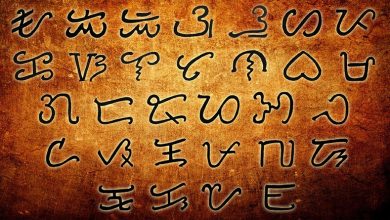Population
When the Spaniards arrived in the Philippines the archipelago must have had a fairly considerable population, since within a fairly short time it was possible to assemble an army of 2000 men for the defence of the islands. The first census was done on 1591, based on tributes collected. There were 666,712 people in the islands. In 1903 the population of the Philippines was recounted by American authorities to fulfill Act 467, the survey yielding 7,635,426 people including 56,138 who were foreign-born. In the 1975 census the population was 42,000,000, and it is expected to reach 50,000,000 during the 1980s, reflecting an annual growth rate of 3.1%. This represents a much faster rate of growth than other countries in the region. It is difficult for the infrastructure of a developing country to meet the needs of its people with this very rapid rate of increase. As of 2007 census the country has a total population of 88,706,300 with a population growth of 1.764%. At present the Philippines ranked 12th in most populous country in the world.
The population of the Philippines is basically Malaysian, but the physical types are very mixed and there has been much interbreeding, so that it is difficult to assess the proportion of Malaysian blood; and the physical characteristics of the first arrivals in some cases represent opposite extremes. The mestizos (inhabitants of mixed race) may be descendants of Chinese as well as Spaniards. Those communities within the population which have preserved the dominant characteristics of their original stock tend to keep themselves; this is particularly true of the Chinese, for mestizos with a Spanish parent are less numerous as a result of successive intermarriages with Filipinos.
This racial mosaic is still further complicated by the geographical and historical conditions which have developed a spirit of regionalism. The great majorities of the population are of Christian faith and distinguished by its regional characteristics, while the cultural minorities are subdivided according to their way of life. The mountainous regions (northern Luzon, Mindoro, Palawan, Mindanao) have for the most part retained their original inhabitants in conditions similar in all respects to those prevailing when they first arrived. These peoples have been little affected by their contacts with their neighbours and have rarely been converted to Christianity. Their geographical isolation and their archaic religious and cultural traditions set them apart from the life of the country, with only a few exceptions. The Muslim minorities, however, which are also made up of a mixture of races, have always maintained a cultural particularism in opposition to the governing authorities of the day.




